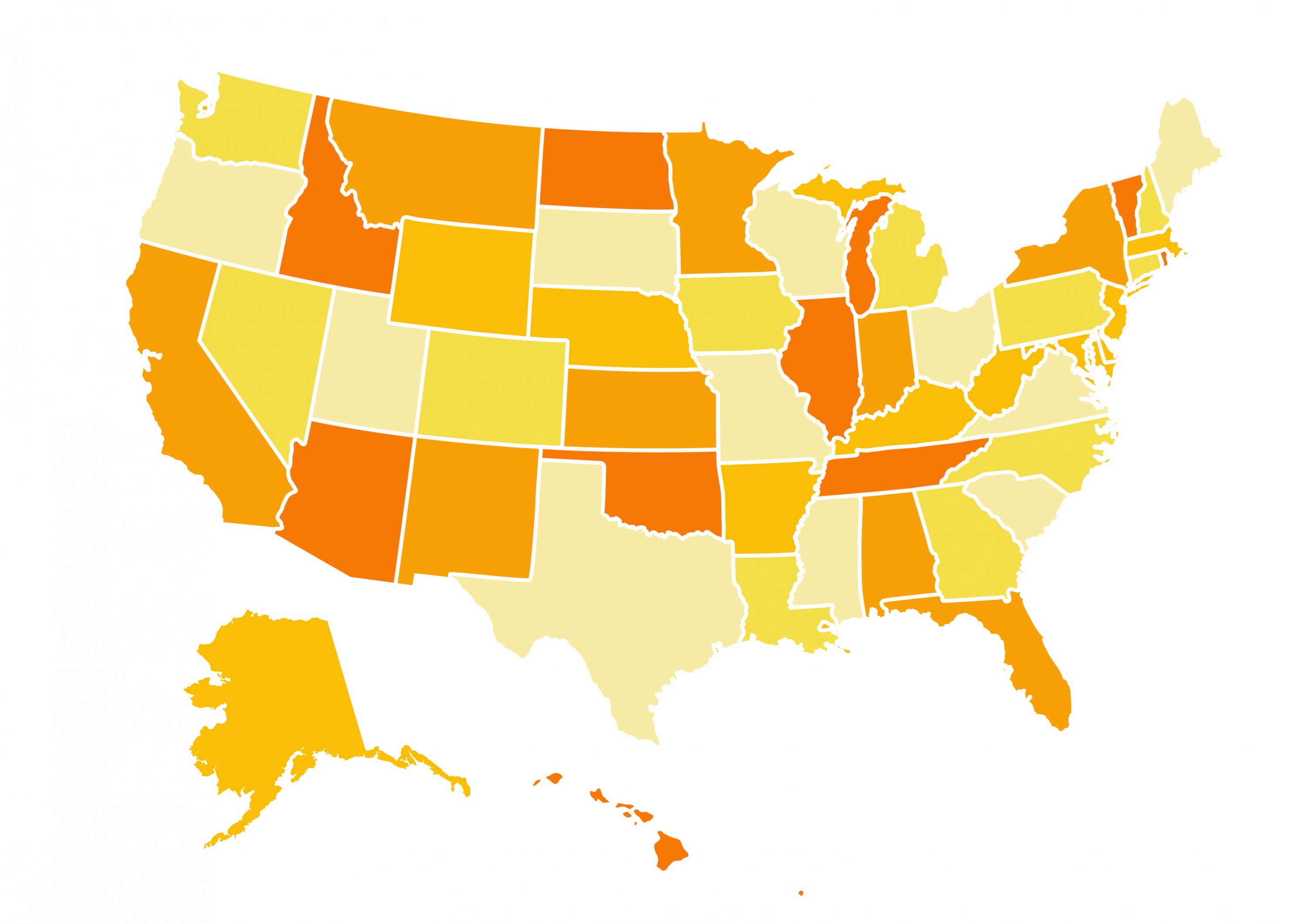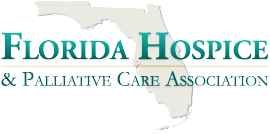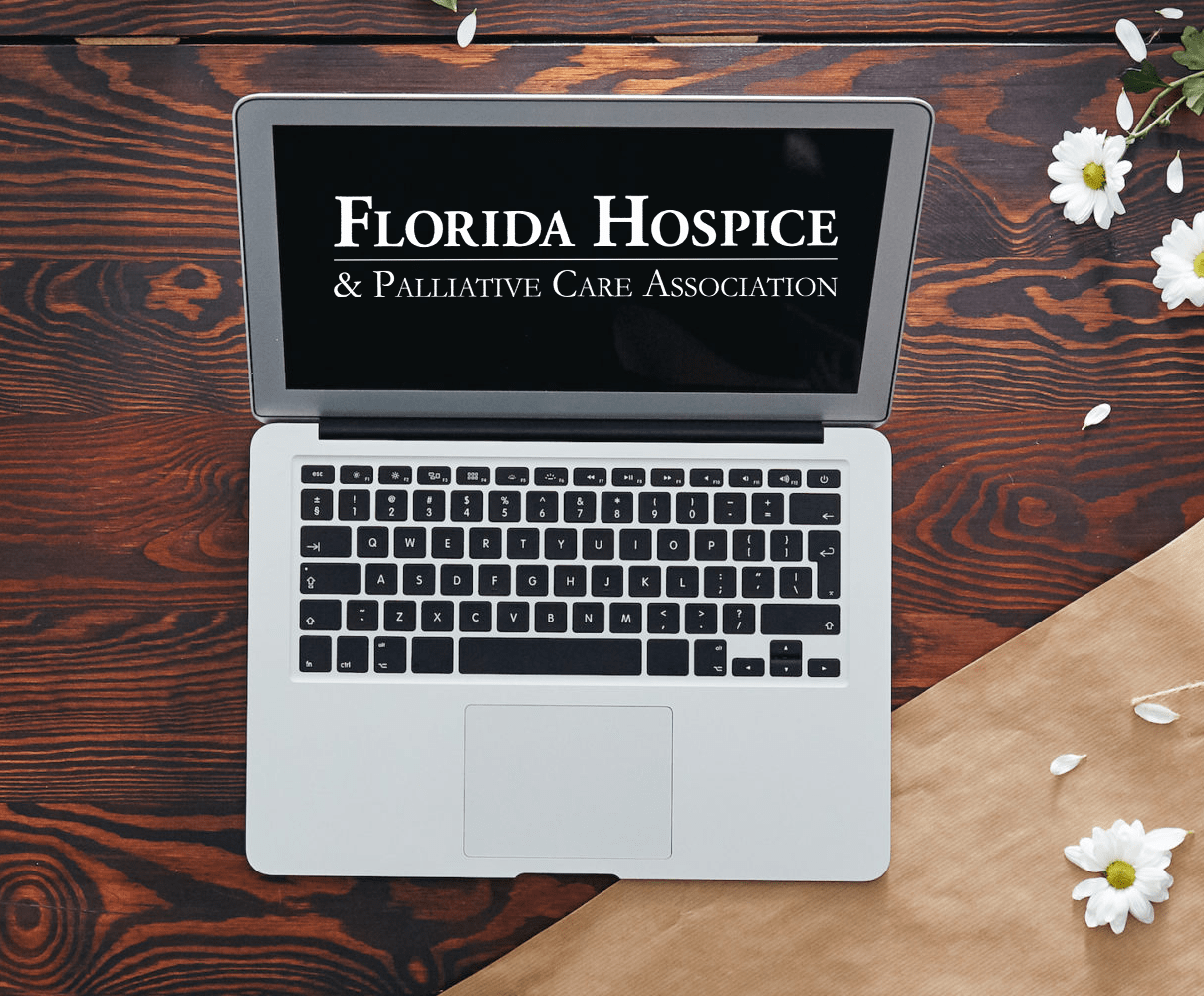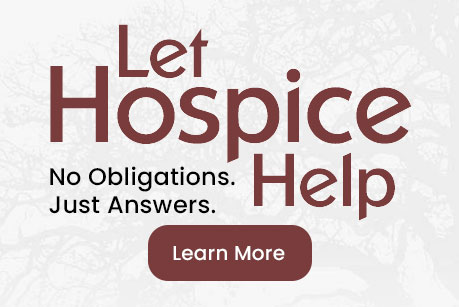Long Distance Care Giving For Your Loved One in Hospice

Taking care of a loved one when you’re not close to home can be stressful and daunting, especially if they are nearing the end of life. We encourage family members to be as informed as possible when it comes to the care of a loved one who is far away.
In order to share patient information, please know that hospice providers have both an ethical and legal responsibility to honor patient privacy. There are several questions to answer first: 1.) Are you the legally designated person to make health care decisions on behalf of your loved one? (e.g. the power of attorney for health care, the health care surrogate) If so, does the hospice provider have a copy of that written designation? Or 2.) Are you the legal next of kin based upon State law in the absence of a written document? Or 3.) Has the patient given the hospice provider clear permission to share information with you or other family members? If you answered no to the questions above, the hospice provider will be unable to provide information directly to you. Instead, your information will need to come from whoever is able to answer yes to at least one of these questions. If you are an immediate family member and you are not receiving any information on your loved one, speak to a case manager at the hospice and see if there is a solution.
If the answer is yes to the questions, consider the following tips for long distance caregiving:
Stay Informed – If you are the health care surrogate, speak with your loved one’s Interdisciplinary Group (IDG) (nurse, social worker, and/or chaplain) regularly to let them know how and how often you would like to stay informed about your loved one’s condition. Try to know as much about their condition as you can, and ask questions about terms unfamiliar. Take notes so you can share accurate details with other family members. Each hospice patient has a “plan of care” that guides the services provided. Stay informed about your loved one’s plan of care and any changes that might have occurred.
Questions to consider asking:
- Who is your point of contact at the hospice?
- How available are they to answer your questions?
- What times are best to contact them directly?
- Is the preferred method of contact by phone or email?
- How often will they provide updates?
- What “level” of hospice services is your loved one appropriate for, and what care services can you expect to be provided?
- If there are additional services needed, how might you go about acquiring those services?
- What is the plan of care?
Know Your Loved One’s Medication – Be attentive of all medication being given to your loved one. This includes prescriptions, over-the-counter medicine, vitamins, and supplements. Keep this listed updated. Be aware of the dosage and schedule of each medication. Keep a copy nearby and update it frequently.
Contacts and Resources – Keep vital information organized. This includes advance directives, medical records, financial records, accounts, funeral arrangements, etc. Have all contact information up-do-date, especially of those that can best provide information or care for your loved one. This includes health professionals (the hospice, their primary doctor, their primary caregivers, etc.), financial institutions & those in charge of their accounts, and nearby family members.
Community Help – Seek the help of those you trust within your loved one’s community to help be your “eyes” and “ears” when you are not there. This can be a friend, a neighbor, or even a doctor. Ask if they are willing and able to periodically check up on your loved one and encourage them to inform you with any concerns. Make sure they have your most current contact information, and regularly check in from time to time.
Stay in Touch – Your loved one in hospice will have good days and bad days. Staying in constant contact will help you to stay aware of their current physical, mental, and emotional state. Schedule routine calls with a member of the IDG so you’re constantly up-to-date with your loved ones condition. Request that these calls happen as a conference call and invite other members of the family to join so they can stay updated as well.
Optimize the Time of Your Visits – Try to make the most out of every visit, especially if your loved one is receiving care in their home. Look for any possible hazards and safety concerns, such as loose carpeting, loose floorboards, bad lighting, exposed chords, falling risks, etc. Be responsible for making sure all needed improvements are met. Make a list for any household items that are needed and stock up on those items your loved one uses the most. Allocate time to go through their mail. Notice if daily routines are being met. How is their appearance? Memory? Dietary Habits? If it seems like it might be time for additional services, talk to the social worker assigned to your loved one’s case and see what resources are available.
Be Prepared, Physically and Mentally – Sometimes the end of life happens very quickly. Make the necessary preparations ahead of time so you can leave town suddenly when needed. The goal of hospice is the to train and equip the family to care for their loved ones, but that’s often a difficult task when a loved one lives far away. If you are having a difficult time accepting that your loved one is at the end of life, speak to the hospice about grief counseling or seek a hospice provider in your area to ask about their bereavement services. Hospice providers are experts in grief and bereavement care, let them help you to be as mentally and emotionally prepared as possible.
Resources:
Patient Information Worksheet (for those with access to health information)
Care Log – Additional Sheets
Patient Information Worksheet Lite (for those without access to health information)
Special thanks to Pat Goodwin, LCSW, ACSW, ACHP-SW and Pam Mezzina, LCSW, Bereavement Services of Big Bend Hospice, Manager, Trauma, Grief, and Loss Coalition for Youth (TGLC) Coordinator, for contributions to this page.



